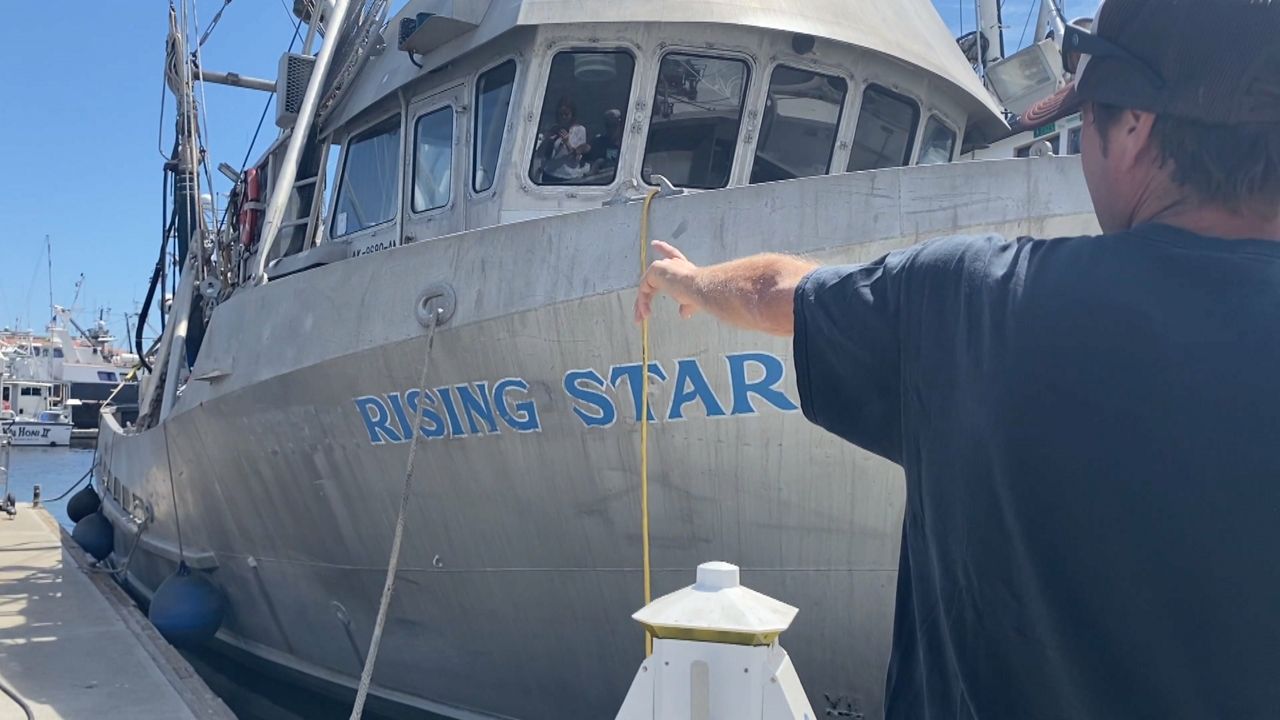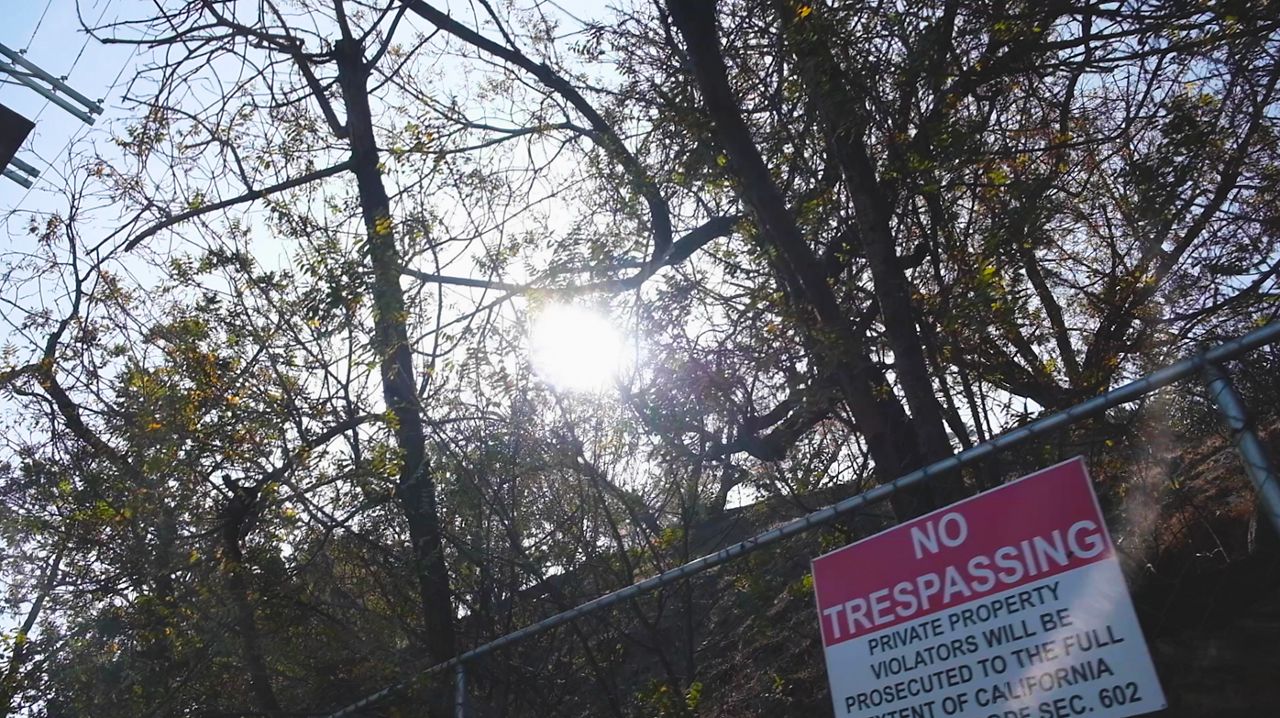LOS ANGELES — Landscaper Saul Perez knows what to look for with a pair of shears in hand as he prunes a California native plant called a white sage.
"See where these two branches are splitting off? I want to cut it here, as close to it as possible," he said.
Growing up in Los Angeles, Perez has always had a passion for plants and spending time outdoors, even working as an outdoor guide. But he took it to a whole new level this year after enrolling in a program that trains landscapers and gardeners to identify, grow and manage native plants.
"I'm not against growing anything else, but I do think you have to know your local surroundings and work with your local surroundings," he said. "And you can't beat the water savings."
According to Tim Becker, the irrigation efficiency of these plants is a major benefit during a drought with the Theodore Payne Foundation, a nonprofit education center and nursery dedicated to growing California native plants and offering the free California Native Plant Landscaper Certificate Program.
"They use 0% to 30% of what the amount of water required to keep green grass happy and thriving in our climate," Becker said.
The training comes when 41 of California's 58 counties are under a drought emergency proclamation, and all residents are being asked to reduce water usage by 15%. But Becker said when it comes to using native plants, it doesn't have to be an all-or-nothing effort.
"We would count it as a success if every home in Los Angeles had one native plant," he said. "That would be huge."
Becker said that over the past 12 months, he'd seen a 43% increase in native plant sales at the foundation's nursery compared to August 2019 through August 2020. He said the drought is partly driving the sales, and there's a huge demand for the training program. One hundred and forty people have already taken the course, with another 300 enrolled over the next eight months.
Instructor Alejandro Lemus said he hopes students will eventually become stewards for native plant landscapes, which means learning the top 50 to 80 native plant species out of more than 6,000 that call California home. He's also teaching students about their benefits to the ecosystem.
"When I explain to students that this plant here will attract native bees, native butterflies, that's always a pleasant surprise that we're gardening for wildlife here," Lemus said.
All this is training for a job that Perez can't wait to start.
"I'm trying to grow my business. I have a few jobs here and there, but I want to actually have it be a full-time thing," he said.








)


